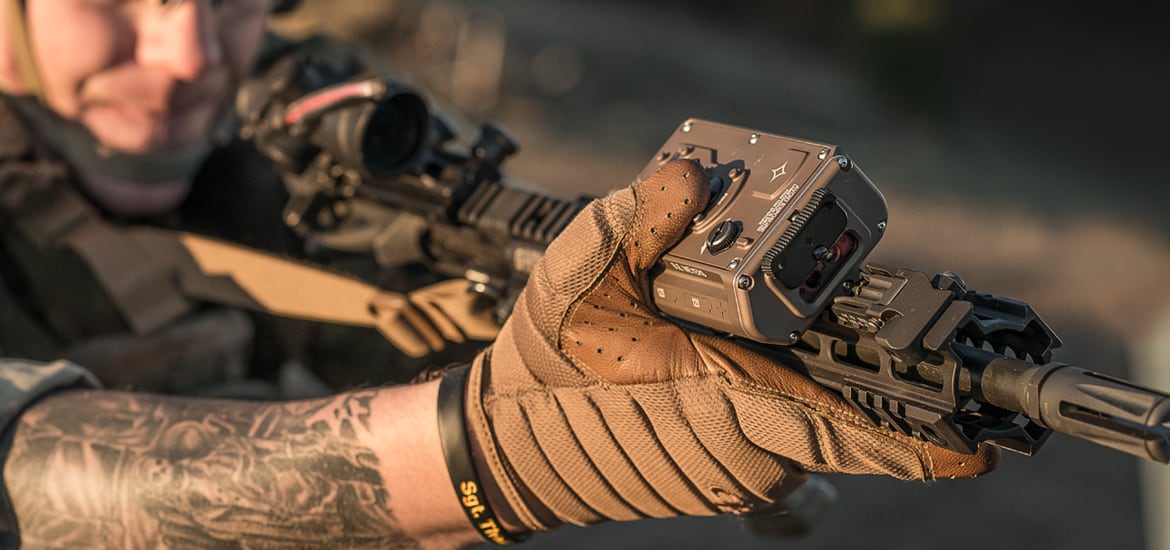Marines have dazzling laser lights to wave off unwanted intruders at checkpoints and close-range police-style Tasers for crowd control.
But what about when a Marine needs to reach out and shock someone?
A new notice posted on the Department of Defense Small Business Innovation Research website shows that the Marines are looking for a Taser round that can be fired from conventional weapons such as 9 mm pistols, 12-gauge shotguns or even 40 mm grenade launchers, first reported by The National Interest.
This request for Small Arms Long-Range Human Electro-Muscular Incapacitation Munition, or HEMI, is one of a range of nonlethal weapons sought and being fielded by all the services.
RELATED

The Army announced in June it would acquire a paintball-type gun that fires a round that releases a “debilitating cloud” of irritant, much like hot sauce.
Earlier this year at a Pentagon showcase, the Joint Non-Lethal Weapons Program displayed concepts and prototypes of weapons, specifically lasers, that would do everything from heat a person’s skin from a distance to create a plasma ball at any location that can “talk” to a target to ward it away from a restricted area.
But the tracer round program isn’t a brand-new concept, just a new effort at an old problem, with some pretty stiff requirements.
Commercially available stun guns and Tasers do the job needed at close range.
“However, there is still a joint capability gap of disabling individuals or groups of people at longer ranges for longer durations. Human Electro-Muscular Incapacitation technology currently provides the only technically viable solution to fill this gap,” according to the JNLWP website.
The Marines want the rounds to be effective at up to 300 yards but not lethal and incapacitate for up to three minutes.
Taser rounds have been created, but most police use a close-quarters gun with wire-connected rounds that shock for just a few seconds at a time.
The notice itself points out that four preceding research initiatives were funded, some coming to fruition a dozen years ago but none yet fielded.
There’s some room for development as the JNLWP staff have put the shock power at half that of current commercial options and set the cost at less than $1,000 per round.
The JNLWP website references existing HEMI devices such as the Taser X26, Taser M26 and the Stinger S-200 as items used within the services for incapacitating individuals.
In case you wanted to know how this shocking science works, they’ve explained it as well.
A HEMI device emits an electrical waveform that overpowers the normal electrical signals within the subject’s nervous system and causes involuntary muscle contraction and temporary loss of motor control, according to the site.
Exposure to this waveform results in temporary electro-muscular incapacitation. The Army has used Tasers in the field since at least 2004, according to the program’s website.
Though Marines are leading the work on this round of HEMI interest, any successes will likely benefit a host of government agencies. The JNLWP site notes that all the military services along with Department of Homeland Security and Department of Justice are participating in the program.
Todd South has written about crime, courts, government and the military for multiple publications since 2004 and was named a 2014 Pulitzer finalist for a co-written project on witness intimidation. Todd is a Marine veteran of the Iraq War.




